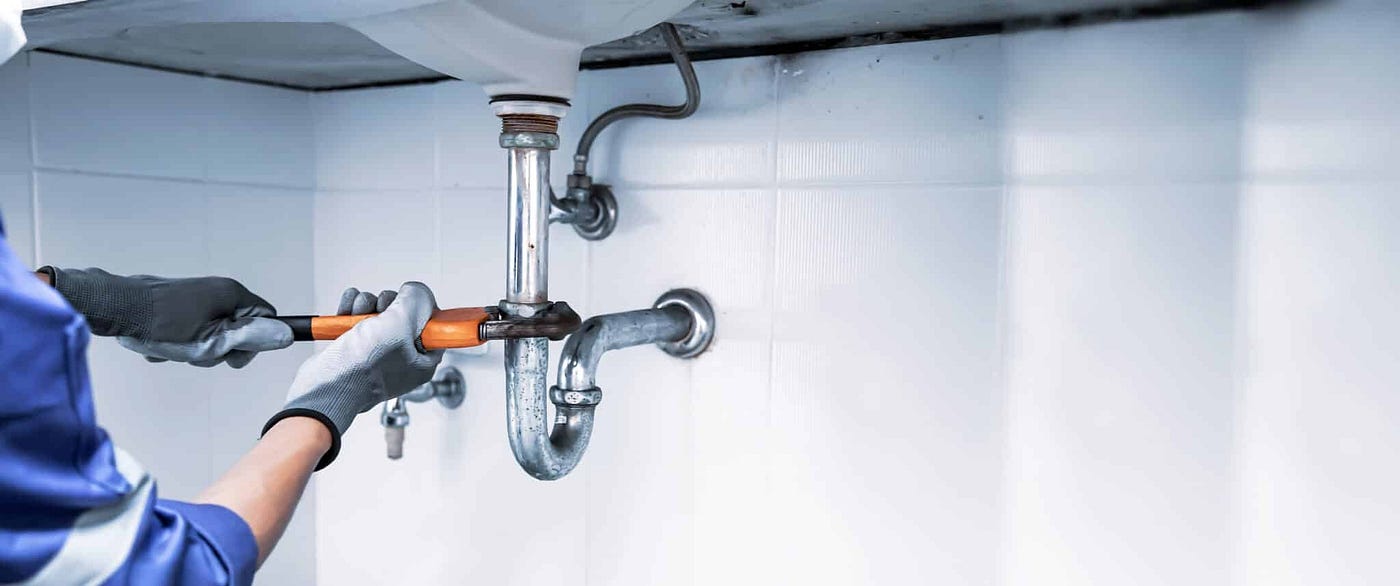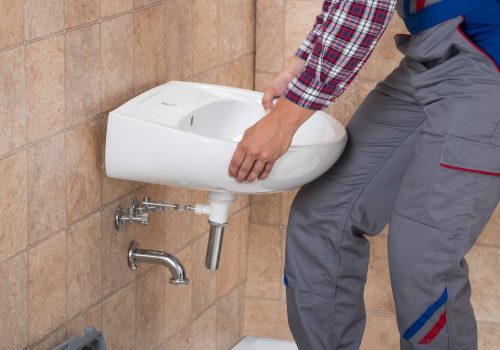Awaiting the Future of Plumbing: Developments and Breakthroughs
Awaiting the Future of Plumbing: Developments and Breakthroughs
Blog Article
What are your opinions concerning The Future Of Plumbing: Trends And Technologies To Watch?

Introduction
The plumbing sector is undergoing a transformative phase driven by technological developments and growing worries for sustainability and effectiveness. This post checks out arising patterns and developments forming the future of pipes.
Governing Landscape
Regulatory structures play a vital duty in shaping the fostering of pipes developments, with requirements and codes controling everything from water effectiveness to item safety. As innovations remain to advance, regulatory bodies must adapt to ensure customer defense and ecological stewardship.
Future Expectation
The future of plumbing is characterized by continued technology and assimilation with other markets such as IoT, renewable resource, and structure automation. By accepting sustainable methods, leveraging emerging innovations, and prioritizing user-centric layout, the plumbing sector is poised to deal with the advancing needs of society while reducing its environmental impact.
Increased Fact in Pipes
Augmented Reality (AR) technology is transforming plumbing by offering professionals with real-time visual guidance for fixing and fixing jobs. AR-enabled smart glasses or mobile applications overlay electronic details onto the physical atmosphere, aiding plumbers visualize pipe layouts, determine concealed leaks, and carry out repairs with precision.
Impact of 3D Printing
The development of 3D printing has introduced new possibilities in making plumbing components. From custom-designed components to complex pipe installations, 3D printing permits quick prototyping and on-demand production, lowering lead times and allowing better modification in pipes layout.
Health And Wellness Features
In response to increased problems for health and safety, pipes fixtures are including functions such as antimicrobial surfaces, touchless procedure, and self-cleaning mechanisms. These developments not only boost health but also promote customer comfort and ease.
Hygiene-focused Fixtures
Touchless faucets, self-sanitizing commodes, and antimicrobial surfaces are becoming significantly common in domestic and business settings, reducing the danger of germ transmission and advertising a cleaner, healthier environment.
Water Top Quality Surveillance
Improvements in water quality monitoring modern technologies allow property owners to keep track of the purity and safety of their supply of water in real-time. Smart water top quality sensing units can discover contaminants, pH degrees, and temperature variations, encouraging individuals to take aggressive measures to ensure water safety.
Remote Plumbing Providers
Remote diagnostics and virtual aid are changing the method plumbing solutions are delivered. With video conferencing and remote access technologies, plumbings can fix issues, supply support for do it yourself repairs, and even do remote inspections, using greater availability and benefit to house owners.
Challenges and Opportunities
While pipes developments hold enormous promise, they also present difficulties such as data privacy worries, regulatory conformity, and the demand for workforce training. Resolving these difficulties requires cooperation in between sector stakeholders and governing bodies to make certain safe and responsible implementation of new technologies.
Smart Plumbing Solutions
Integrating smart modern technology into plumbing systems allows remote monitoring, leak discovery, and automated upkeep. Smart sensing units and IoT (Web of Things) gadgets allow homeowners and plumbing professionals to check water use and identify problems in real-time, resulting in more efficient resource monitoring and proactive maintenance.
Water Efficiency Solutions
With boosting focus on water preservation, ingenious options are being established to decrease water waste in plumbing systems. High-efficiency fixtures, greywater recycling systems, and smart irrigation controllers are amongst the technologies aiding customers lower their water footprint while preserving convenience and comfort.
Lasting Materials
The shift in the direction of sustainability reaches plumbing materials, with an expanding preference for environmentally friendly alternatives. Biodegradable piping products, such as PEX (cross-linked polyethylene) and HDPE (high-density polyethylene), deal durability and resistance to rust without endangering ecological integrity.
Predictive Maintenance
Predictive maintenance strategies utilize information analytics and machine learning formulas to anticipate and protect against plumbing issues prior to they happen. By assessing historical information and efficiency metrics, predictive maintenance algorithms can identify patterns and anomalies, enabling positive treatments to avoid costly fixings and disruptions.
Conclusion
In conclusion, the future of pipes is defined by a convergence of technology, sustainability, and user-centric layout. By accepting wise services, lasting materials, and proactive upkeep methods, the plumbing market can improve efficiency, promote safety, and contribute to a much more sustainable future.
Plumbing Technology Trends 2024: Shaping a Sustainable and Efficient Future
Plumbing Technology: A Beacon of Innovation
Intelligent Plumbing Systems: The adoption of smart plumbing solutions offers unparalleled control over water usage, preventing waste and ensuring optimal efficiency. These systems can be installed by qualified contractors and may require technicians with expertise in new codes for proper functionality. Eco-Friendly Piping: Innovations in piping materials, like PEX and recycled content options, are making plumbing systems more sustainable. These materials are not only better for the environment but also durable and flexible, making them easier to install and less likely to need repairs. Automated Leak Detection: New plumbing technologies include systems that can automatically detect leaks. This is a big deal because it means we can fix them before they cause a lot of damage or waste too much water. It’s all about catching problems early and saving resources. Energy-Efficient Water Heaters: There’s also a big push towards devices that use less energy. This includes solar and tankless models, which provide hot water only when it’s needed, cutting down on energy use and costs. Plumbers: Champions of Sustainability
Adopting Green Practices: Contractors who specialize in sustainable plumbing can ensure your system meets the latest regulations and utilizes efficient valves. They undergo comprehensive training programs that emphasize sustainability in practices like eco-friendly installations. Water Conservation Efforts: Through the installation of high-efficiency appliances, plumbers are essential in reducing water consumption and promoting conservation. When repairing or replacing older fixtures, plumbers can recommend high-efficiency options that comply with local codes. Pipe: The Lifeline of Modern Plumbing
Innovative Pipe Solutions: The use of environmentally friendly and durable materials in pipes, like PEX and recycled content options, reduces the ecological footprint and enhances water quality. These innovative pipe solutions may require specialized repair techniques from qualified plumbers familiar with the materials. Advanced Leak Detection: Modern pipes are now more frequently equipped with sensor technology that can identify leaks early, conserving water and preventing damage. Early leak detection can save homeowners money on repair costs and potential water damage. Water Heater: At the Forefront of Efficiency
Renewable Energy Heaters: Solar heaters and other renewable energy-powered models are becoming more common, offering an eco-friendly alternative to traditional methods. These benefit the environment but can also potentially lead to lower water bills through reduced energy use. On-Demand Heating: Tankless heaters have gained popularity for their ability to provide hot water as needed, minimizing energy waste. This innovative technology eliminates the need for a large storage tank, freeing up valuable space and simplifying the installation process for qualified plumbers. https://intownplumbingtx.com/articles/plumbing-technology-trends/

We were shown that write-up on from a pal on a different domain. Be sure to take the opportunity to distribute this blog posting if you appreciated it. Thank you for your time invested reading it.
Book Report this page